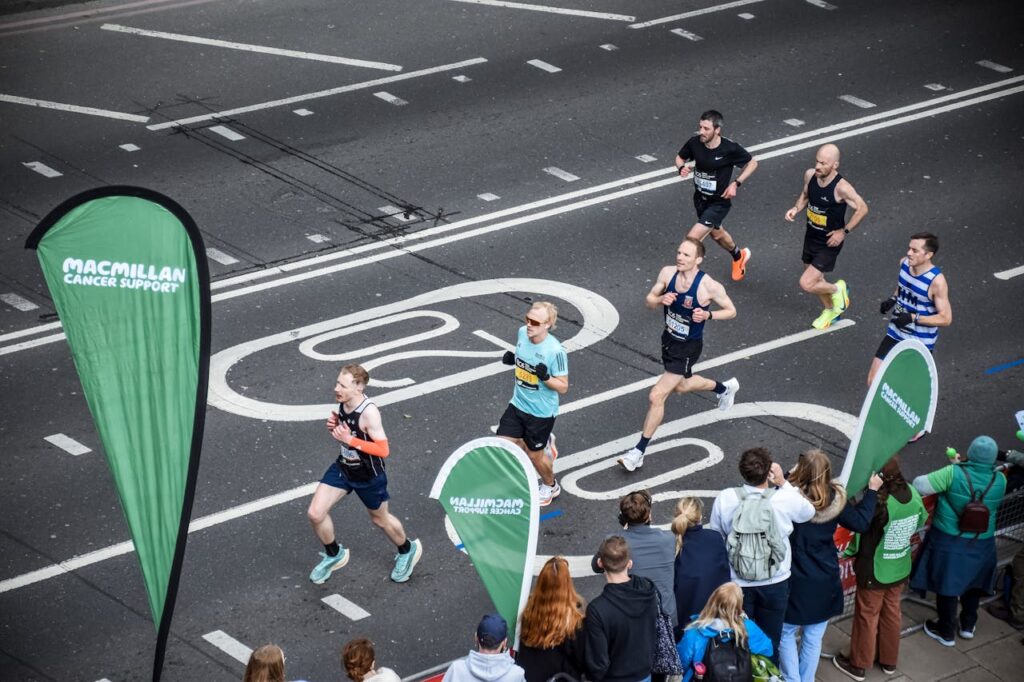Sports photography is a dynamic and exhilarating genre that focuses on capturing decisive moments, emotions, and athleticism in various sports. This article explores the history, techniques, equipment, artistic considerations, practical tips, and cultural impact of sports photography for audiences in the United States.

Introduction to Sports Photography
Sports photography involves capturing athletes in action, documenting key moments, and conveying the intensity and excitement of sporting events. From professional leagues to amateur competitions, sports photographers play a crucial role in preserving memorable feats of athleticism and team spirit.

Techniques and Equipment
Camera Gear: Essential equipment includes digital single-lens reflex (DSLR) or mirrorless cameras with fast burst rates (frames per second) for continuous shooting. Telephoto lenses (e.g., 70-200mm, 300mm) are ideal for capturing athletes from a distance, while wide-angle lenses capture expansive scenes and dynamic perspectives.
Shutter Speed and Burst Mode: High shutter speeds (e.g., 1/1000s or faster) freeze fast-paced action, ensuring sharp images of athletes in motion. Burst mode allows photographers to capture rapid sequences of shots, increasing the likelihood of capturing peak moments like a goal scored or a dramatic dive.
Focus and Tracking: Autofocus systems with predictive tracking capabilities help maintain sharp focus on moving subjects. Continuous autofocus modes and customizable focus points allow photographers to track athletes across the frame, ensuring critical moments are captured with precision.

Artistic Considerations
Composition and Framing: Composition principles, such as rule of thirds, leading lines, and framing, guide sports photographers in creating dynamic and visually compelling images. Anticipating athlete movements and positioning within the frame enhances storytelling and visual impact.
Capturing Emotion and Drama: Beyond action, sports photography aims to capture the emotions, determination, and triumphs of athletes. Facial expressions, body language, and interactions between competitors convey the intensity and human drama of sporting events.

Practical Tips for Sports Photographers
Know the Sport: Familiarize yourself with the rules, strategies, and key moments of the sport you are photographing. Understanding game dynamics and anticipating critical plays or athlete reactions enhances your ability to capture impactful images.
Positioning and Access: Positioning near key vantage points, such as the finish line, sidelines, or goalposts, provides optimal perspectives for capturing decisive moments. Secure appropriate access permissions and follow event guidelines to ensure safety and compliance.
Adapt to Lighting Conditions: Sports venues vary in lighting, from daylight to artificial stadium lighting. Adjust camera settings (e.g., ISO, aperture) and use supplemental lighting or reflectors when necessary to maintain image quality and clarity.

Ethical Considerations and Responsibilities
Respect for Athletes and Privacy: Sports photographers must respect athletes’ privacy and dignity, capturing images that celebrate achievements without intruding on personal moments or vulnerabilities.
Accuracy and Integrity: Maintaining accuracy in image representation and avoiding deceptive editing practices uphold the integrity of sports photography. Authenticity in capturing moments contributes to the credibility and storytelling impact of sports images.

Cultural Impact and Community Engagement
Media Coverage and Public Engagement: Sports photography serves as visual documentation for media coverage, news publications, and sports marketing. Images inspire fan engagement, support team loyalty, and highlight athlete accomplishments within local communities and nationwide.
Inspiration and Aspiration: Iconic sports photographs inspire future generations of athletes, coaches, and sports enthusiasts. They convey the dedication, perseverance, and teamwork that define athletic excellence and sporting achievements in American culture.

Conclusion
In conclusion, sports photography is a dynamic and multifaceted art form that captures the essence of athleticism, emotion, and competitive spirit in the United States. By mastering technical skills, embracing artistic vision, and respecting ethical standards, sports photographers contribute to a legacy of visual storytelling that celebrates sporting achievements and inspires admiration for athletes’ dedication and skill.
From professional arenas to community sports leagues, sports photography preserves moments of triumph, resilience, and camaraderie that resonate with audiences worldwide. As photographers continue to innovate, adapt to technological advancements, and capture the evolving landscape of sports culture, the art and impact of sports photography remain integral to our appreciation of sports as a universal language of passion, perseverance, and human achievement.
